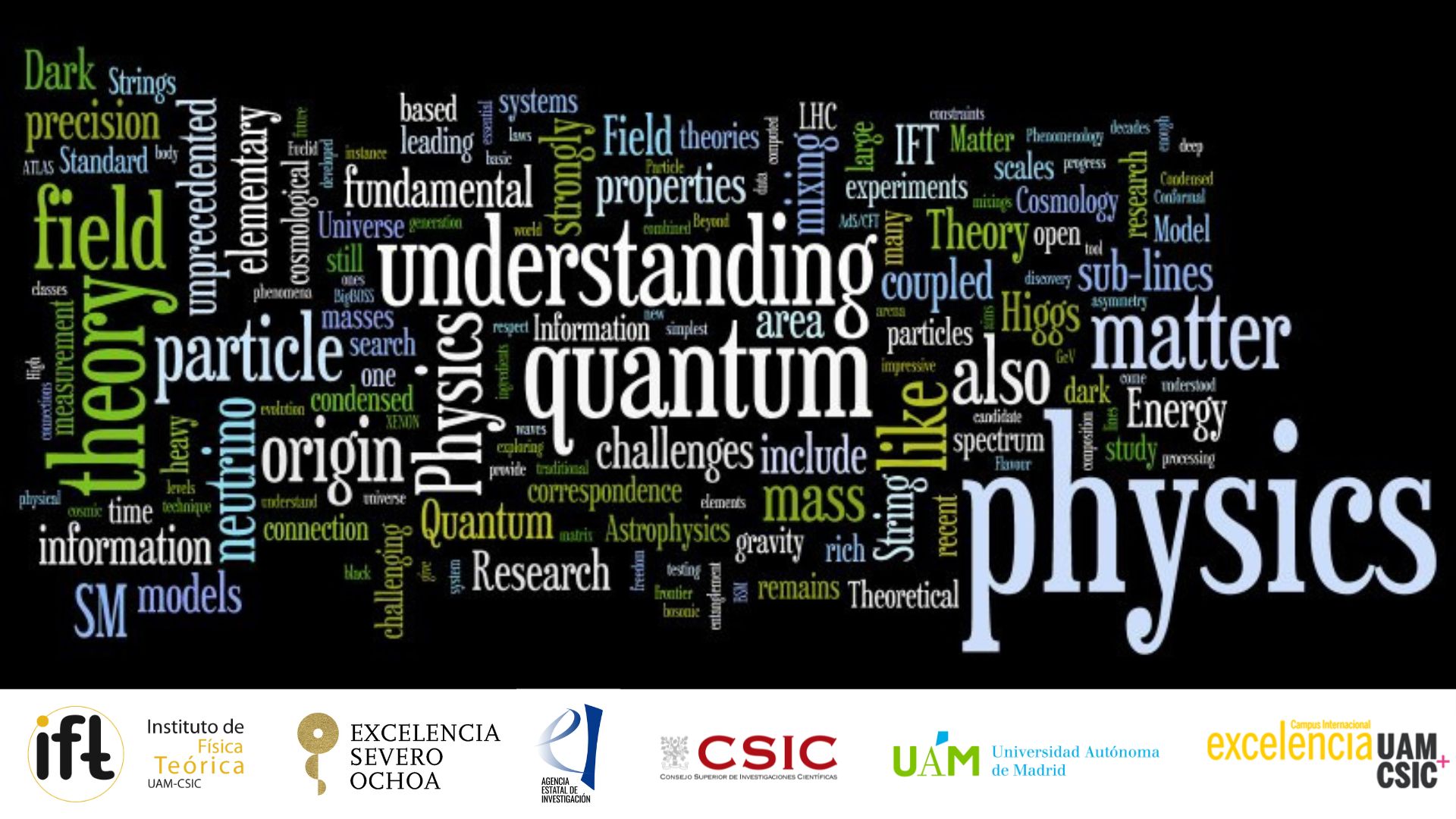Centro de Excelencia Severo Ochoa
Menú
Buscar

Blue Room and Zoom
The fundamental nature of dark matter and other new particles and interactions that are not described in the Standard Model remains unknown. In this thesis, we investigate the phenomenology of new physics models that can naturally incorporate a dark matter particle, and explore new Machine Learning techniques to search for new physics at the LHC.
We introduce supersymmetry and flavour models as two theoretical frameworks that can provide a solution to open problems of the SM. First, we analyse the sensitivity of supersymmetric searches at the LHC to the NMSSM, highlighting the specific signals that it would produce that are different to those of the MSSM. Second, we propose a model that explains the observed experimental anomalies in B meson decays, incorporating a viable dark matter candidate. We examine the phenomenology of this model and investigate the potential observable signals at the LHC and dark matter direct detection experiments.
Although current searches at the LHC are sensitive to the concrete signals that would be produced by these and other well motivated models, we show the limitations of this strategy when searching for new physics. We motivate the introduction of ML techniques to extend the sensitivity of new physics LHC searches in a signal and background model-independent way. We show that these methods provide a significant performance improvement compared to traditional approaches, increasing the discovery potential for new physics.
Social media